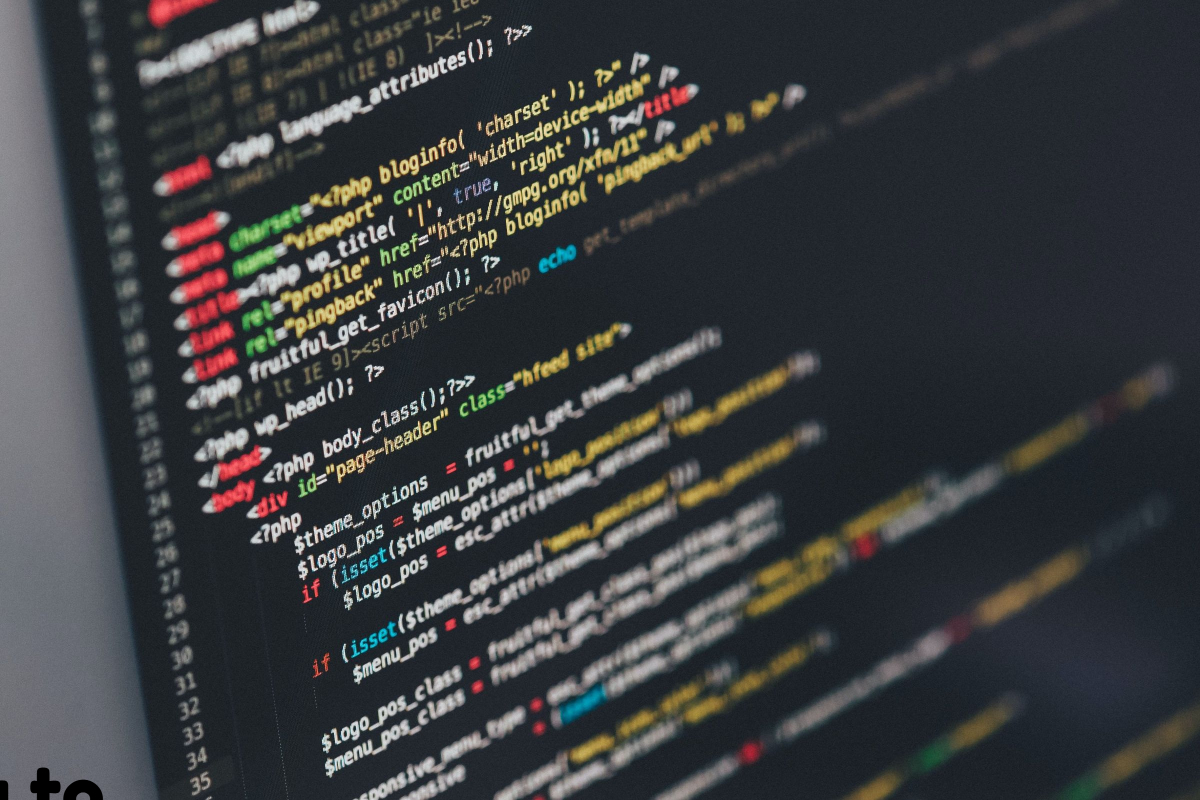Realtimecampaign.com Discusses the Best Practices for Container Orchestration
If an enterprise IT operation has moved to use container technology, such as Mirantis, there is a good chance they are dealing with different container orchestration systems within the IT production. While there are additional resources online, learning more about container orchestration is important.
If someone has not been paying attention to the technology used for container orchestration, they should. This is just as essential as the actual containers according to realtimecampaign.com. The produces allow users to start and then stop containers on a schedule, and to scale container usage by managing the container clusters. Keep reading to learn more about container orchestration for the IT production realm.
Create Demarcation Lines to Move into Production
Even though this is a common practice, many people who deal with containers may not understand the path to follow from the initial development to the overall production. When starting to deal with container orchestration, there has to be some type of staging platform. This is typically at the end of the process and the toolchain. The containers have to be tested, validated, integrated, and then made ready for staging purposes. Container Orchestration Market Trends Analysis is extremely important.
During staging, it is important to run with or inside of some type of orchestration system. This provides a precise copy of the protection configuration. Once they are proven as stable, the container is able to be promoted from the staging process to final production. The last step is to be capable of a rollback at any point if any issues are present with the deployment. In some situations, this rollback is going to be a process that handles automatically.
Set Up Automated Reporting for Issues Detected During Container Orchestration Production
There are several things that may go wrong. This is especially the case when someone considers how containers operate in the orchestration system. Since development and production are linked (which is possible with developer practices) it is essential that automatic reporting issues are present in the containers that are moved to the production stage. Read here about some additional resources.
Developers must understand what is going wrong and use ongoing reporting of problems. It is also necessary for them to react to problems with any fixes that are being continuously tested, integrated, or deployed. This ensures the problems will be resolved quickly.
Ongoing Monitoring
One of the best things about running any type of container orchestration system – regardless of it is on-premises or in the cloud – is the total number of management and monitoring tools available to watch the containers. There are a few core capabilities and advantages offered by these monitoring systems. For example, it is possible to gather detailed data as time passes and use the information to spot any trends that may indicate a person is making a move toward failure.
Being informed and understanding this information is essential. Keep the tips here in mind to ensure that no issues are experienced.
Media Contact
Company Name: Realtimecampaign.com
Contact Person: Media Relations
Email: Send Email
Phone: 407-875-1833
Country: United States
Website: Realtimecampaign.com


